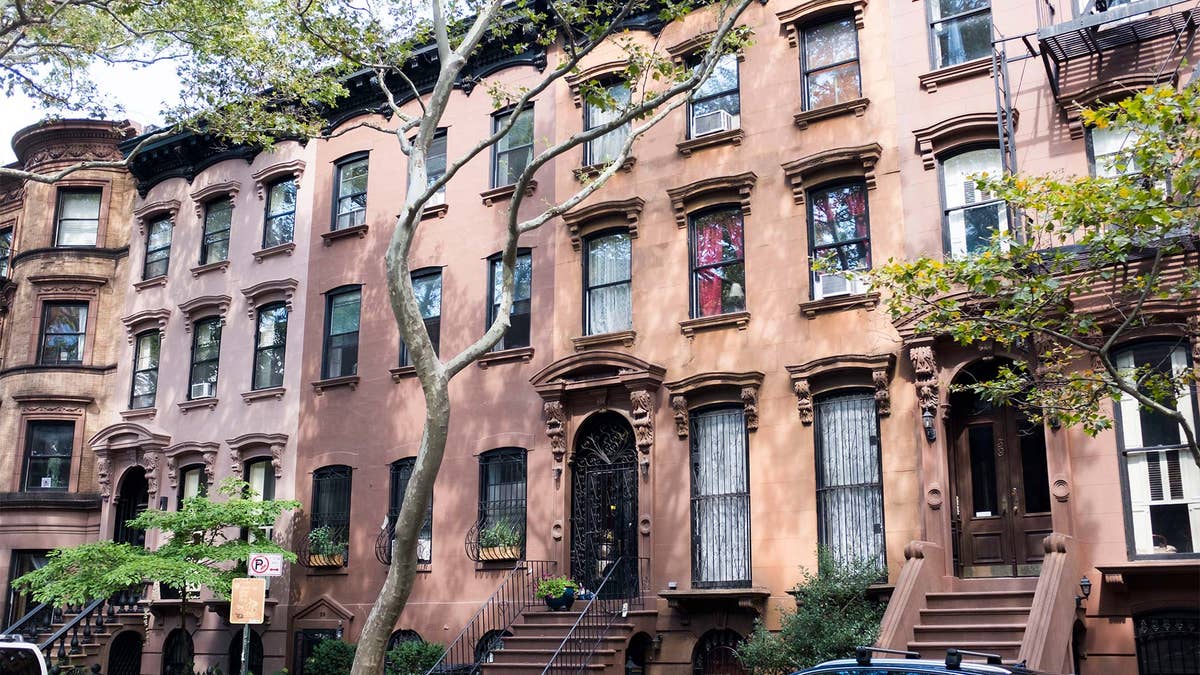
What is a multi-family home?
What is a multifamily home? It's a building with more than one unit where people can live, each with their own separate kitchens, living rooms, electric bills, and so forth. Also called a multidwelling unit, or MDU, they are typically found in densely populated areas such as cities where space is at a premium. Multifamily homes can be rented, be owned, or serve as an investment property where landlords can collect rent from tenants.
There are around 4 million multifamily dwellings nationwide, compared with 90 million single-family homes. Although living in close quarters with others may not be ideal in terms of privacy or noise, people in multifamily homes generally pay less than those in single-family homes and are taxed with less home maintenance, because a management company may be responsible for repairing the building's exterior or mowing the lawn.
Types of multifamily homes
Multifamily homes come in all shapes and sizes. Here are some of the more common designs:
- Duplex: Two homes in one freestanding structure
- Townhouse: Any number of homes attached at the sides with separate entrances
- Condominiums (condo): A private residence in a building or community with multiple units
- Apartment building: Could be up to hundreds of homes in one structure. Unlike the above dwellings, apartment building units are often rented by tenants rather than owned.
How to invest in a multifamily home
Buying a multifamily home to rent out (or where you live in one unit and rent out the rest) is a smart financial strategy -- today more than ever. The reason: Homeownership is decreasing, recently dipping below the 66.6% historical average.
"That makes it a great time to think about buying investment properties, because people have to have a place to live," says Daren Blomquist, senior vice president of ATTOM Data Solutions, a property data company based in Irvine, CA.
Unlike house flippers, who invest a little time and tolerate a lot of risk, investors in multifamily housing should anticipate owning the property and playing landlord for decades, advises Blomquist, who owns two rental properties with his wife.
"If you take care of a rental property for 20 years, it will take care of you for life," Blomquist says. "The goal is very much long-term."
The trick is to expect the unexpected: You're likely to experience flaky renters and issues with damage. Consider these factors before investing.
- Cap rate: The capitalization rate is a formula that indicates the potential return of an investment. Calculate the cap rate by dividing the net operating income (how much you pocket after expenses) by the price of the property. Blomquist would consider a rental property with a cap rate of more than 6% to be acceptable.
- Expenses: Some multifamily property expenses such as mortgage, taxes, and insurance are relatively fixed; maintenance, however, is always unpredictable. New properties, with appliances and furnaces still under warranty, usually require little maintenance. However, properties more than 20 years old are bound to require new roofs, foundation repairs, and upgraded HVAC equipment. These unexpected maintenance bills can really eat into the profit of investment properties.
- Turnover: Rarely does one tenant leave and another move in the next day. Blomquist says two months between tenants is common, and that means two months without income likely coupled with higher-than-usual expenses as you repair walls, clean carpets, and maybe paint to make the property more appealing.
- Your personality: Do you have the patience of a saint? Can you focus on the forest rather than the trees? You'll need those Zen-like qualities, along with some handyman chops, to succeed in multifamily investing. If your personality isn't suited to being a landlord, you can always hire a property manager to fix things and find renters. But don't forget you'll be charged a fee, usually about 6% of your rental income, which eats into profits.